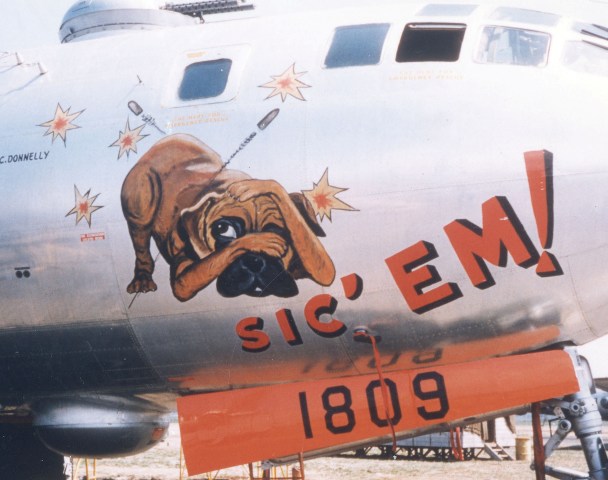
B-29 Superfortress Nose Art

The Boeing B-29 Superfortress is a four-engine propeller-driven heavy bomber designed by Boeing and flown primarily by the United States during World War II and the Korean War. Named in allusion to its predecessor, the B-17 Flying Fortress, the Superfortress was designed for high-altitude strategic bombing but also excelled in low-altitude night incendiary bombing, and in dropping naval mines to blockade Japan. B-29s also dropped the atomic bombs on Hiroshima and Nagasaki which contributed to the end of World War II.
In late 1939, the Army Air Corps issued a formal specification for a “superbomber”, capable of delivering 20,000 lbs of bombs to a target 2,600 miles away at 400 mph. The winner of the competition was Boeing, and its B-29 Superfortress. It was one of the most advanced bombers of the time, with innovations such as a pressurized cabin, a central fire-control system, and remote-controlled machine gun turrets.

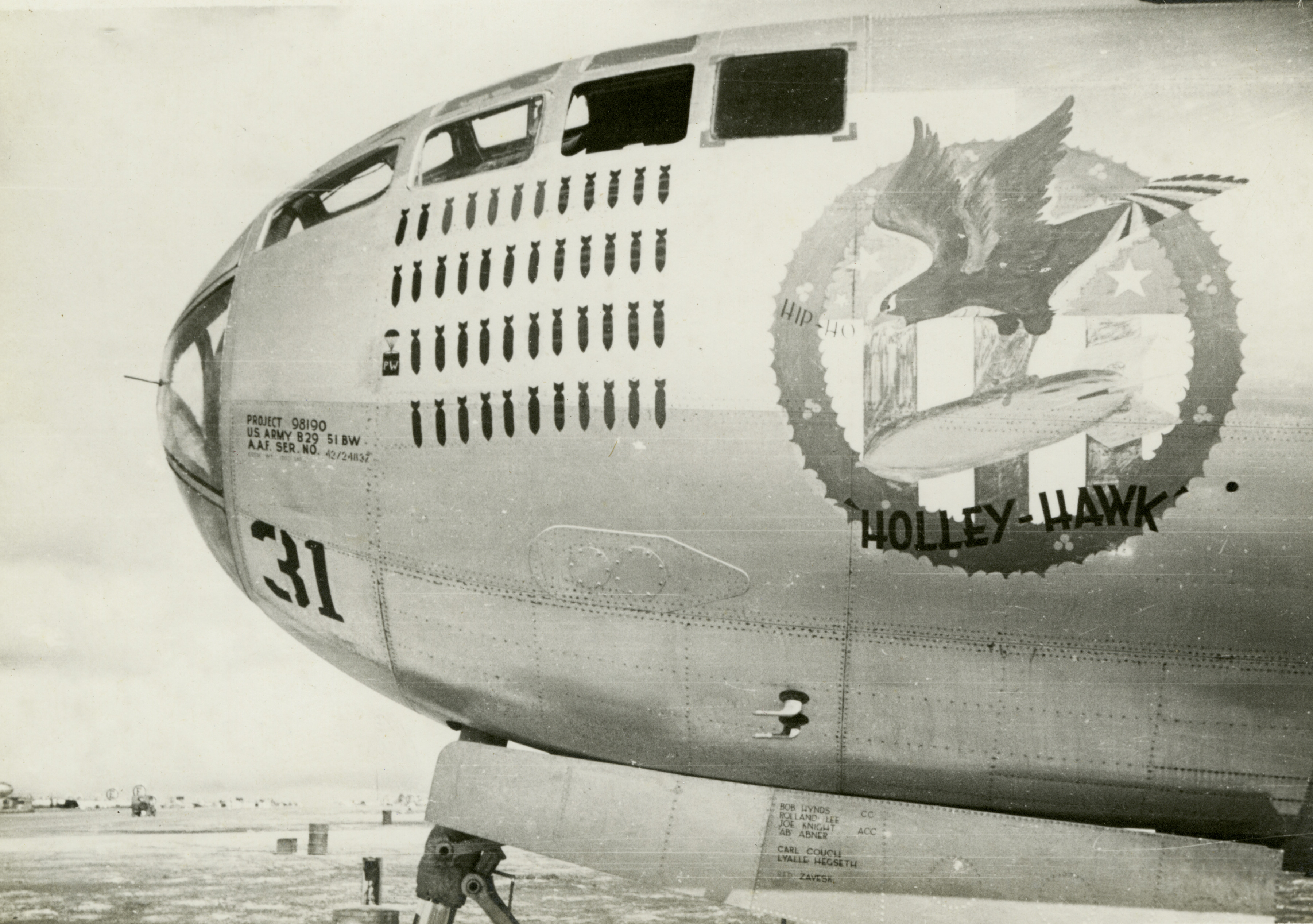
In wartime, the B-29 was capable of flight up to 31,850 feet at speeds of 350 mph. Designed as a high-altitude daytime bomber, the B-29 flew more low-altitude nighttime incendiary bombing missions. As part of the World War II military buildup, 3,970 B-29s were built during production at four assembly plants across the United States.
The Superfortress was a popular plane for nose art during World War II.

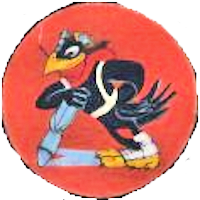
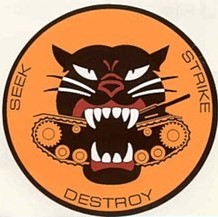
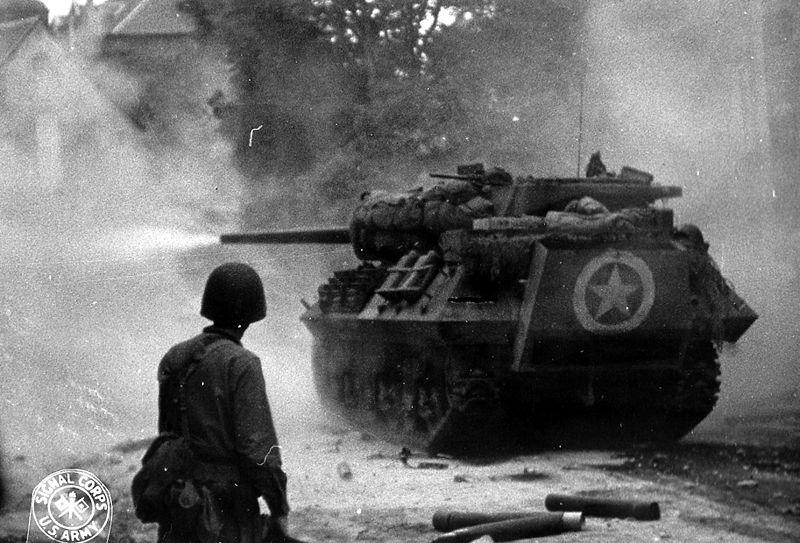
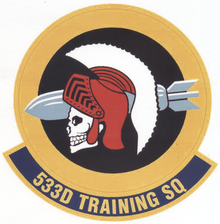
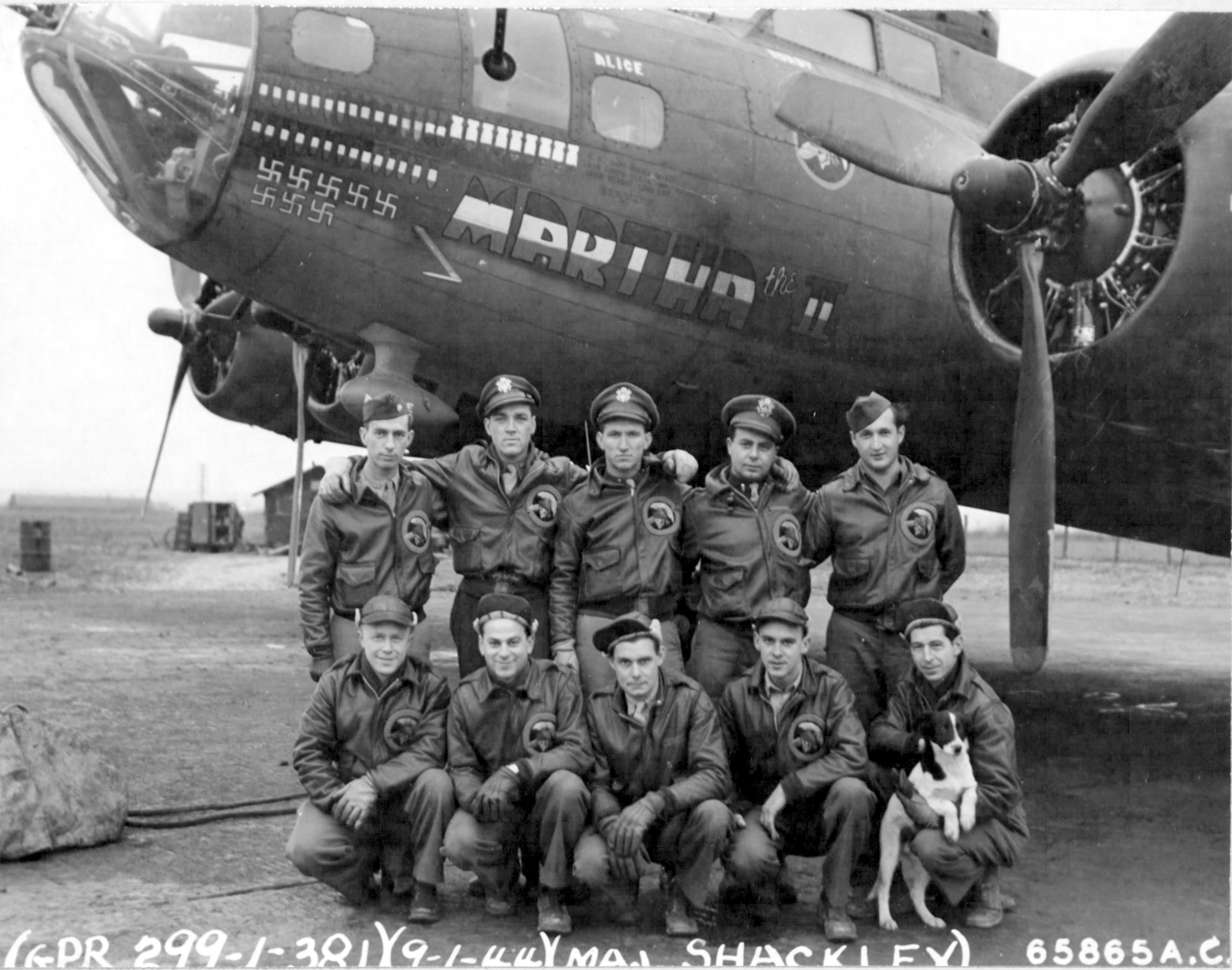
Recent Comments